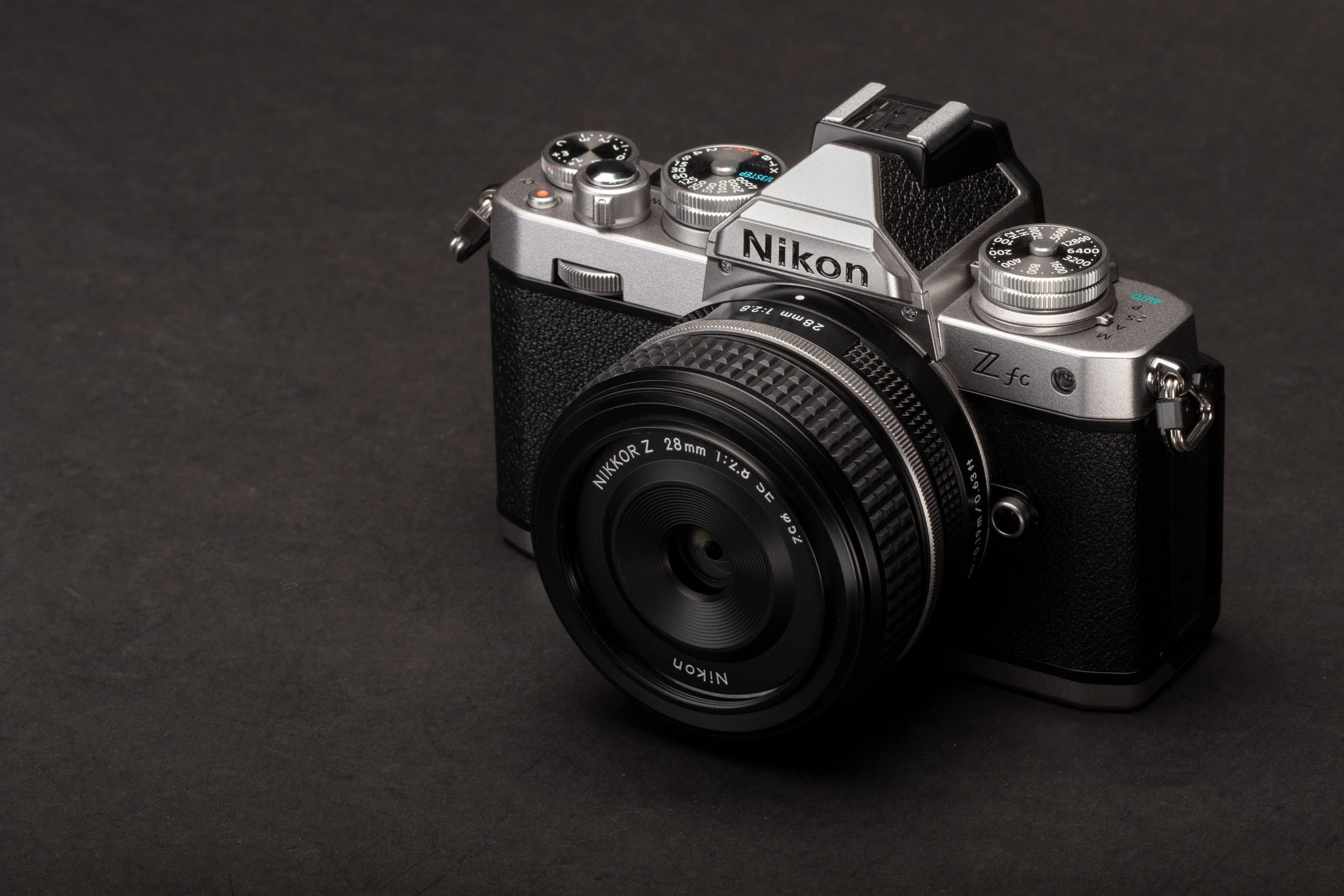When your camera fails to work, it can be due to a variety of issues ranging from simple fixes to more complex hardware problems. Diagnosing the cause begins with understanding the type of cameras you are using, whether it’s a built-in camera on a device like a laptop or smartphone, or an external camera such as a DSLR or a webcam.
Check Your Camera’s Power and Connection
When your camera isn’t working, one of the first things to check is its power source and connection. This fundamental step can often resolve common issues that prevent the camera from functioning properly.
Is the Camera Adequately Powered?
For battery-operated cameras, such as DSLRs or mirrorless cameras, ensure that the battery is inserted correctly and is fully charged. If the battery is low, recharge it according to the manufacturer’s instructions. If the camera fails to turn on with a charged battery, try using a different battery to determine if the issue is with the power source.
For cameras that draw power through a USB connection, such as webcams or some compact cameras, ensure that the USB cable is securely connected to both the camera and the computer or power adapter. Check for any signs of damage on the cable that might prevent power from reaching the camera.
Checking the Physical Connection
For external cameras that connect to computers or other devices, inspect the connection point. USB ports can become loose over time, which might lead to an intermittent connection. Try plugging the camera into a different USB port to see if this resolves the issue. For cameras connected via HDMI, the same principle applies—ensure the connection is secure and consider trying a different port if possible.
Are There Any Cameras Indicators of Power?
Often, cameras have LED indicators that show when they are powered on. If your camera has such an indicator, but it’s not lighting up, this suggests a power issue. For cameras without an external indicator, you may need to rely on the display screen or viewfinder to check for signs of life.
Is the Camera Recognized by Your Device?
When you connect an external camera to a computer or smartphone, the device should recognize the camera’s presence. On a computer, you can check this by looking at the list of devices in the system settings. If the camera doesn’t appear, it could be an indication of a connection problem.
For cameras integrated into devices like laptops and smartphones, the camera should be automatically recognized by the operating system. If you’re using an app and the camera isn’t working, check the system settings to ensure the camera is enabled and configured correctly.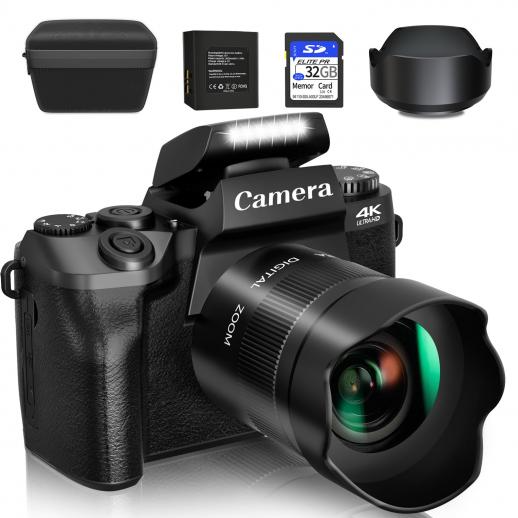
Software and Drivers: Ensuring Smooth Camera Operation
Problems with software and drivers are a common culprit when a camera stops working. These issues can prevent your camera from being recognized by your device or from functioning correctly.
Updating Camera Drivers
Drivers are software components that allow your operating system to communicate with hardware devices, like cameras. Outdated or corrupt drivers can lead to cameras not being detected or not functioning properly.
How to Update Drivers:
- Device Manager (Windows): Go to the Device Manager, find your camera under “Imaging devices,” right-click on it, and select “Update driver.” You can then choose to search automatically for updated driver software.
- System Update (Mac): On a Mac, drivers are usually updated through system updates. Go to the “System Preferences,” click “Software Update,” and install any available updates.
- Manufacturer’s Website: Visit the camera manufacturer’s website, find the support or downloads section, and download the latest drivers for your specific camera model.
- Built-in Cameras: For built-in cameras on laptops and smartphones, driver updates are generally included with system updates. Ensure your device is up to date with the latest version of its operating system.
Checking for Software Conflicts
Sometimes, other software on your device can conflict with your camera’s operation. Anti-virus programs, virtual camera software, or other applications that use the camera can sometimes interfere.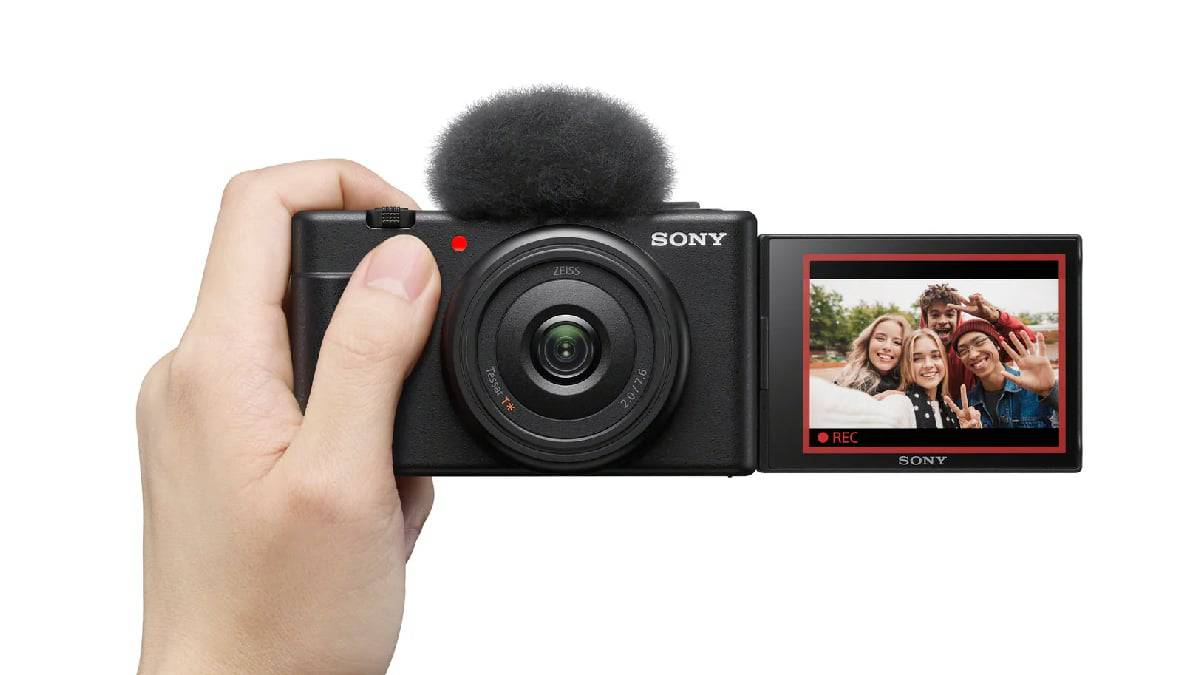
Resolving Software Conflicts:
- Disable Conflicting Software: Temporarily disable any other software that might be using the camera to see if this resolves the issue.
- Check Permissions: Some applications or system settings may restrict access to the camera. Ensure that your camera is not being blocked by such settings.
- Restart Your Device: A simple restart can often resolve conflicts by refreshing your system’s software environment.
Camera-Specific Software
Many cameras come with proprietary software that assists in their operation. This software can provide additional functionality or improve compatibility with your device.
Installing or Reinstalling Camera Software:
- Download from Manufacturer: Always download the latest version of the software from the camera manufacturer’s official website.
- Follow Installation Instructions: Carefully follow the provided instructions to install or reinstall the software.
- Compatibility Check: Ensure that the software is compatible with your operating system version.
Permissions and Privacy Settings
Modern operating systems include privacy settings that control which applications can access your camera. If your camera isn’t working with a specific app, check these privacy settings to ensure access is granted.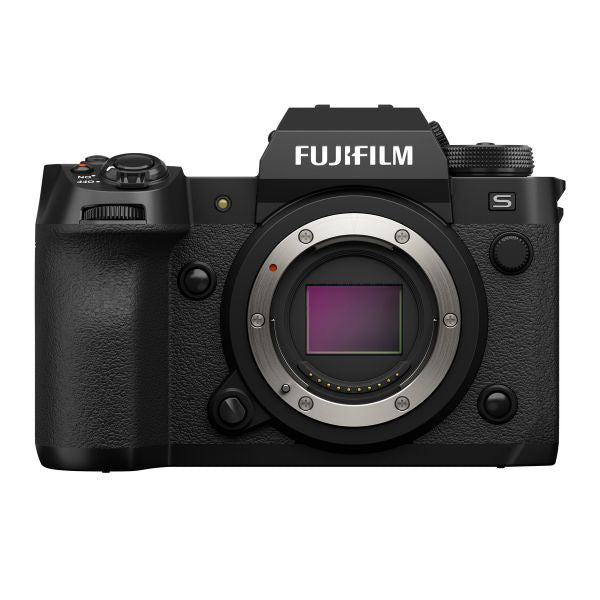
Adjusting Privacy Settings:
- Windows: Go to “Settings,” then “Privacy,” and select “Camera.” Here, you can toggle access to the camera for individual apps.
- Mac: Access “System Preferences,” click on “Security & Privacy,” and select the “Privacy” tab. Find the “Camera” section and check the boxes for apps that you want to allow camera access.
- Smartphones: Settings may vary depending on the operating system. Generally, you can find camera permissions under the “Privacy” or “App permissions” section in the settings menu.
By making sure your camera’s software and drivers are up to date, and that no software conflicts are occurring, you can often resolve camera issues. If your camera still isn’t working after addressing these areas, it might be time to consider hardware-related problems or seek professional support.
Camera Settings and Permissions
Have You Checked Your Device’s Settings?
If you’re using a built-in camera on a smartphone or computer, make sure you haven’t accidentally disabled the camera. On many devices, you can manage which apps have permission to use the camera. Ensure that the app you’re trying to use, and it has been to grant access.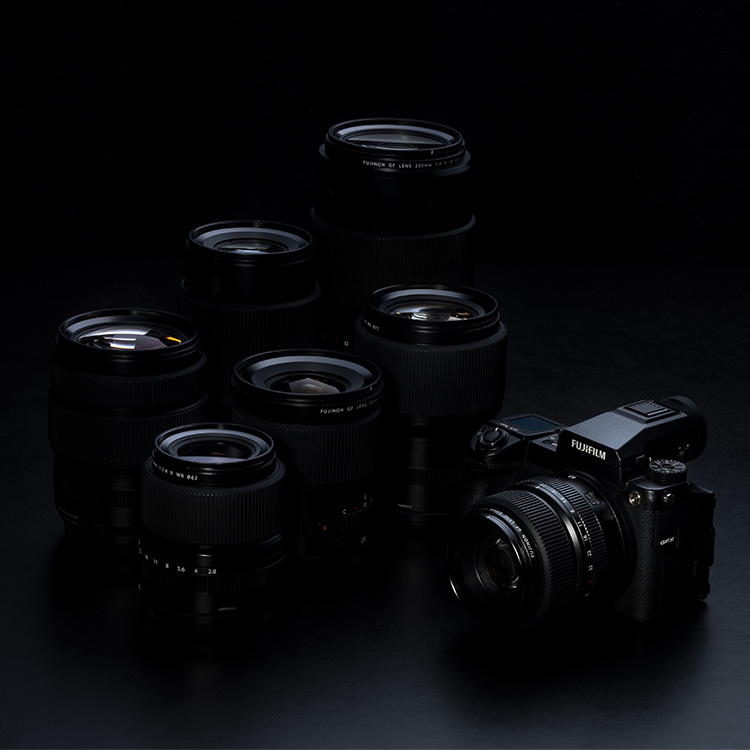
Are the Correct Cameras Selected?
For devices with multiple cameras, such as front and rear-facing cameras on smartphones or tablets, ensure you have selected the correct one. Apps that use camera functionality typically allow you to toggle between available cameras.
Physical Damage or Obstruction
Is the Lens Clean and Unobstructed?
A dirty or obstructed lens can impact camera performance. Clean the lens with a soft, dry cloth to remove fingerprints or dust. Also, check for any covers or cases that might be blocking the lens.
Could There Be Internal Damage?
If the camera has been to drop or exposed to water, there could be internal damage. In such cases, you may need to seek professional repair services.
Advanced Troubleshooting
Have You Tried a Different App or Program?
If a specific app or program won’t access the camera, try another one to see if the problem is to isolate to a single application. If the camera works with other software, the issue likely lies within the original app’s settings or compatibility.
Have You Reset Your Device?
A system reset can sometimes resolve camera issues. This can refresh the device’s settings and eliminate any temporary glitches that may be causing the camera to malfunction.
Conclusion
Camera problems can be frustrating, but they are often resolvable with some basic troubleshooting steps. Start to ensuring your camera has power. And is to connect correctly, then move on to checking software, drivers, settings, and permissions. If these steps don’t work, consider the possibility of physical damage or seek professional help.
